
The European Space Agency’s $1.4 billion Euclid space telescope is charged with revealing the dark universe—the 95% of the cosmos we don’t see. On Tuesday, the telescope’s first images will be revealed live.

The European Space Agency’s $1.4 billion Euclid space telescope is charged with revealing the dark universe—the 95% of the cosmos we don’t see. On Tuesday, the telescope’s first images will be revealed live.
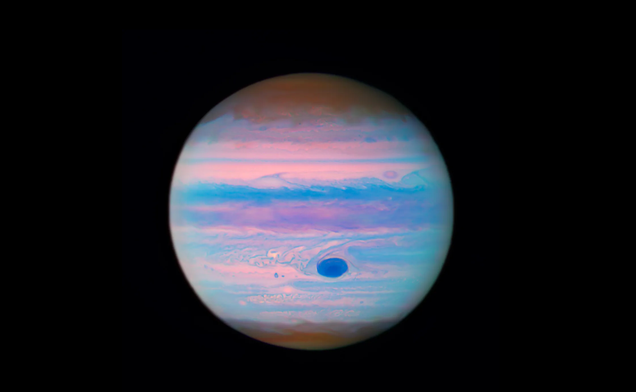
You probably know Jupiter, the rotund fifth planet from the Sun, as orange and tan with a big red splotch. But the Hubble Space Telescope recently imaged the gas giant in ultraviolet light, giving the world a very different look.
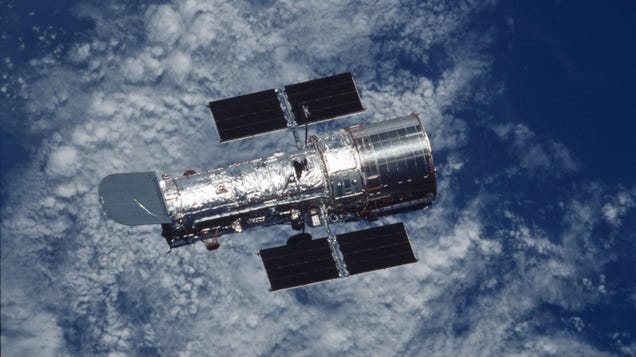
NASA is considering reducing the budget for the Chandra X-Ray Observatory and Hubble Space Telescope as the space agency grapples with its spending for the upcoming year.
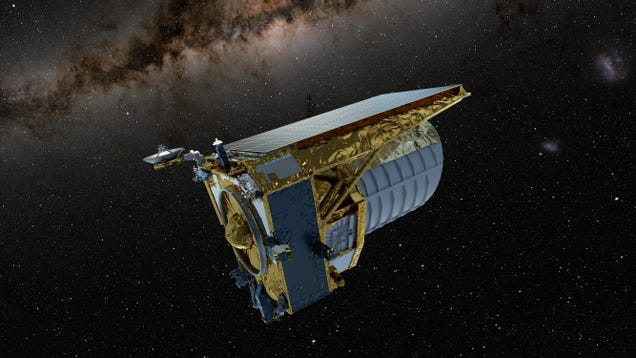
Despite a rough start to its six year mission, the Euclid space telescope is ending its commissioning phase on a high after finally being able to find its guide stars again.
The latest data release from the European Space Agency’s Gaia observatory just dropped, and it’s a massive one: the spacecraft has identified half a million stars in a nearby cluster, nearly 400 gravitational lenses, and the orbits of some 156,000-odd asteroids.
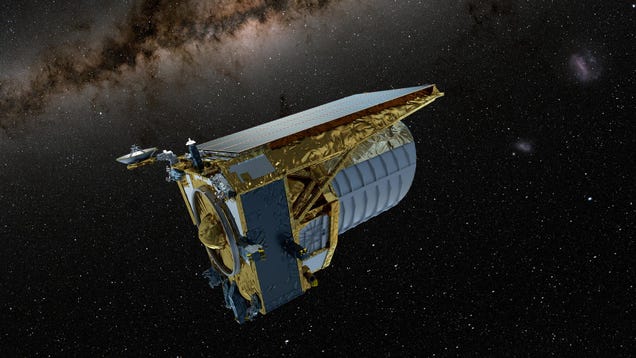
The European Space Agency’s Euclid space telescope launched from Earth on July 1 and has since been getting set up to begin its investigation of the dark universe.
No space-based gravitational wave observatory exists…yet. But that hasn’t stopped a team of astronomers from demonstrating how the gravitational universe might look, using simulated data to create a “synthetic gravitational sky.”
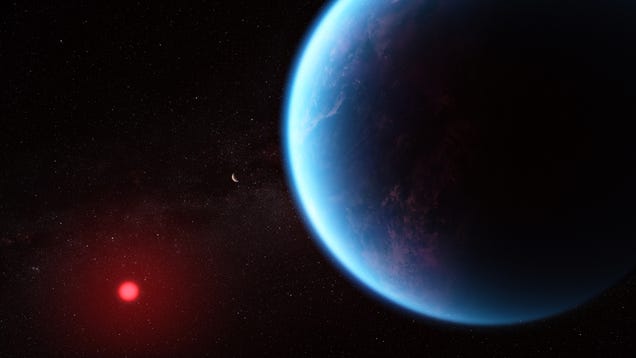
The Webb Space Telescope recently turned its focus to a nearby exoplanet and found that it may be a Hycean world, or a world completely covered in a single global ocean, and with a hydrogen atmosphere. And what’s more, the telescope detected a possible detection—note, possible detection, of dimethyl sulfide, a…
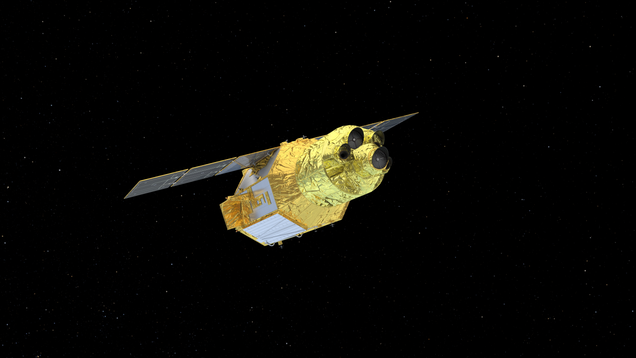
A revolutionary satellite is preparing to take to the skies, viewing the hidden parts of cosmos in a new light to reveal stellar explosions and powerful jets streaming from supermassive black holes.

The European Space Agency’s Euclid mission took over 11 years to get off the ground (and Earth), but now the nascent space observatory has produced its first test images of the cosmos.